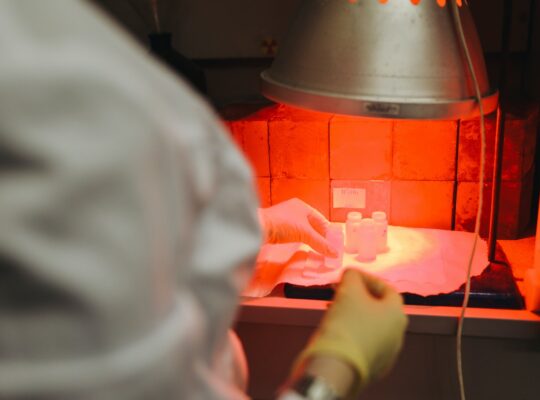Limit test for Lead
Limit test for Lead Lead is a most undesirable impurity in medical compounds and comes through the use of sulphuric acid, lead-lined apparatus and glass bottles use for storage of chemicals. Principle: The limit test of lead is based on the reaction of lead and diphenylthiocabazone (dithizone) in alkaline solution to form lead dithizone complex …







